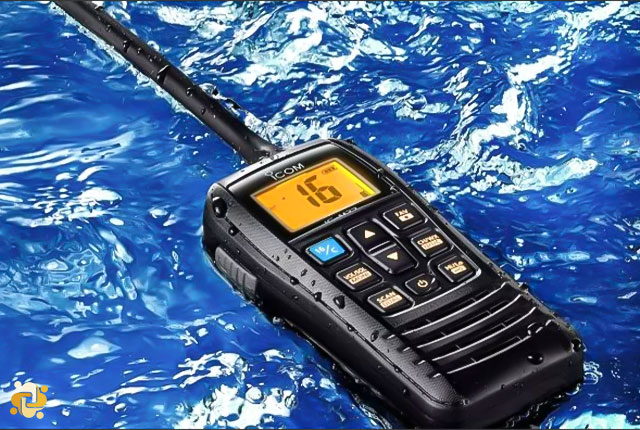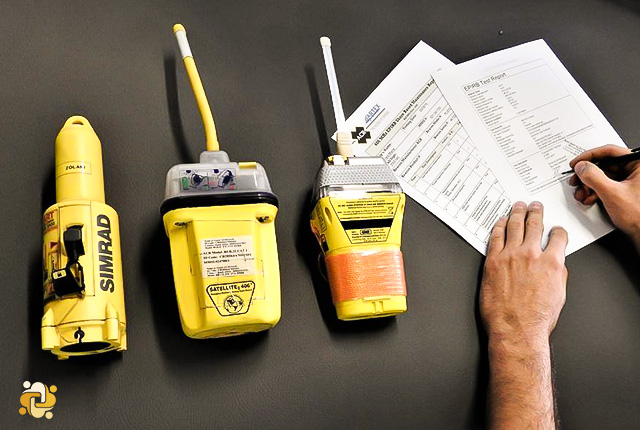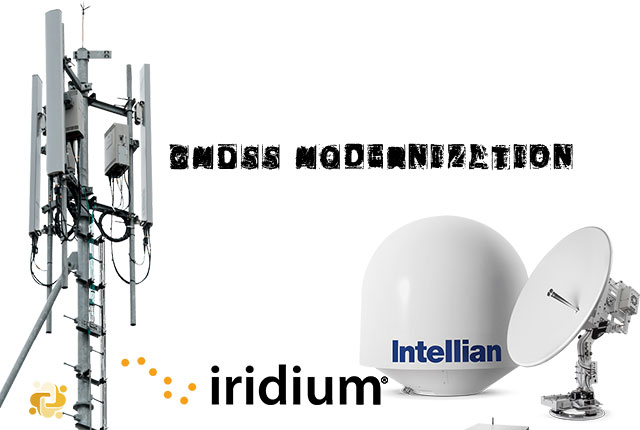
Emergency Position Indicating Radio Beacon (EPIRB)
2023-12-30 14:23
Introduction
An Emergency Position Indicating Radio Beacon (EPIRB) is a specialized distress signaling device utilized on maritime vessels. When activated, the EPIRB initiates an alert within the global Search and Rescue (SAR) network, strategically devised to promptly deploy rescuers to the precise location of the distress signal. EPIRBs employ a digital 406 MHz distress signal, encompassing a distinctive 15-digit identifier, which is transmitted to the COSPAS-SARSAT Satellite System. The identifier may take the form of either a serial number or the Maritime Mobile Service Identity (MMSI) number, contingent upon the registration details of the vessel.
In the case of EPIRBs equipped with a serial number, Search and Rescue (SAR) forces proceed to access your beacon registration—a mandatory, yet cost-free process for all EPIRB owners. This registration not only discloses ownership details of the beacon but also furnishes additional emergency contact information. Conversely, for EPIRBs featuring a Maritime Mobile Service Identity (MMSI) number, incorporation of the EPIRB 15 Hex ID into the pertinent maritime database is requisite.
When initiating a distress signal, EPIRBs exhibit two distinct functional classes:
- Class I: this is the automatic activation that occurs when the EPIRB is submerged underwater
- Class II: this is the manual activation that occurs when the user operates the distress signal switch
SOLAS Requirement
According to SOLAS Chapter III, Regulation 7.1.5, each vessel is mandated to be equipped with an Emergency Position Indicating Radio Beacon (EPIRB) that adheres to the following specifications:
- installed in an easily accessible position;
- ready to be manually released and capable of being carried by one person into a survival craft;
- capable of floating free if the ship sinks and of being automatically activated when afloat; and capable of being activated manually; and
In the maritime context, two main types of Emergency Position Indicating Radio Beacons (EPIRBs) may be installed on vessels on or after February 1, 2009:
- 406 MHz satellite EPIRB: using COSPAS-SARSAT satellite
- VHF-EPIRB: The EPIRB should be capable of transmitting a VHF distress alert and of providing a locating signal by means of a 9 GHz radar transponder
Performance Standards
Regulation 14.1 of the International Convention for the Safely of Life at Sea (SOLAS), 1974, as amended, concerning radio-communications for the Global Maritime Distress and Safety System (GMDSS), which require, inter alia, that all radio equipment shall conform to appropriate performance standards not inferior to those adopted by the Organization.
The float-free EPIRBs operating on the frequency 406 MHz, which form part of the GMDSS:
- if installed on or after 1 July 2022, conform to performance standards and type-approval standards not inferior to those specified in the 471(101);
- if installed before 1 July 2022, conform to performance standards not inferior to resolution A.810(19), as amended by resolutions MSC.56(66) and MSC.120(74), and type-approval standards not inferior to those specified in resolution A.696(17);
For application of resolution MSC.471(101), the phrase “installed on or after 1 July 2022” shall be interpreted as follows:
- for ships for which the building contract is placed on or after 1 July 2022, or in the absence of the contract, constructed on or after 1 July 2022, "installed on or after 1 July 2022" means any installation on the ship; and
- for ships other than those ships prescribed in (a) above, "installed on or after 1 July 2022" means a contractual delivery date for the equipment or, in the absence of a contractual delivery date, the actual delivery of the equipment to the ship on or after 1 July 2022
This means that all vessels, regardless of their date of constructions, will be subject to the new performance standard if they install the new device from July 1, 2022.
A summary of the requirements of the above performance standards may be found here.
Main performance standards for equipment installed before 23rd Nov. 1996
- The EPIRB should be designed for easy detachment and transport to a survival craft.
- Automatic activation should occur upon floating freely within 4 meters underwater.
- The electrical components should be constructed to ensure watertight integrity at a depth of 10 meters for a minimum of 5 minutes.
- Signals:
- A 406 MHz EPIRB should incorporate indicators for emitted signals and a 121.5 MHz beacon primarily for aircraft homing.
- VHF-EPIRB should include indicators for emitted signals.
- The EPIRB should withstand without sustaining damage when dropped from a height of 20 meters.
- It should be capable of self-testing without reliance on the satellite system.
- The EPIRB should exhibit a highly visible yellow/orange color and be equipped with retro-reflective material.
- A satellite EPIRB should feature a low-duty-cycle light (0.75㏅) active during darkness to signify its position to nearby survivors and rescue units.
- The battery should possess sufficient capacity to power additional functionalities (e.g., SART and flashing light) for a minimum of 48 hours.
- Brief operating instructions and the expiry date for the primary batteries should be prominently marked.
Additional requirements for equipment installed on or after 23rd Nov. 1996 - Res.A.810(19)
- When the satellite EPIRB is manually operated a distress alert should be initiated only by means of a dedicated distress alert activator.
- Manual distress alert initiation should require at least two independent actions.
- The satellite EPIRB should not be automatically activated after being manually removed from the release mechanism.
Additional requirements for equipment installed on or after 1st July 2022 - Res.MSC.471(101)
- GNSS receiver for position fixes and an associated indication that GNSS signal reception is satisfactory or unsatisfactory
- Automatic Identification System (AIS) locating signal in accordance with the Recommendation ITU-R M.1371, Technical characteristics for an automatic identification system using time division multiple access in the VHF maritime mobile frequency band.




